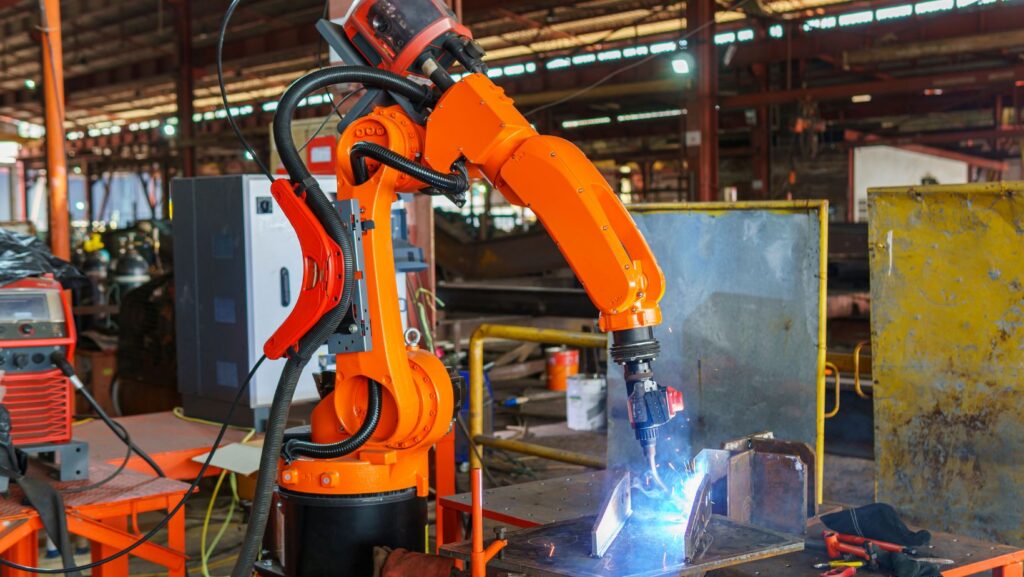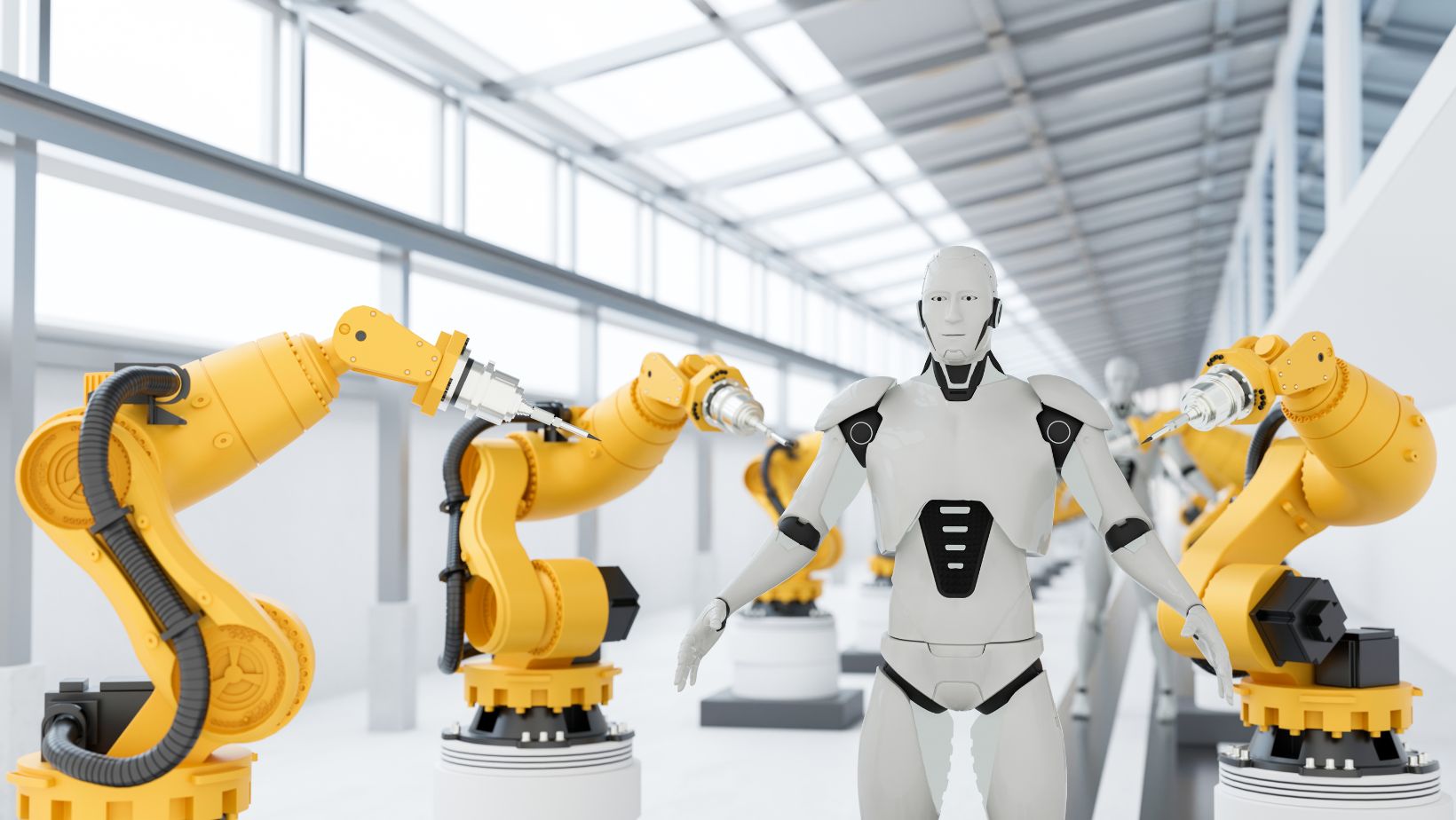
In the rapidly evolving landscape of biotechnology and laboratory research, efficiency and precision are paramount. Automated liquid handling robots have emerged as a pivotal technology, transforming the way laboratories operate. These sophisticated machines offer unprecedented advantages, streamlining processes and enhancing the accuracy of experiments. This post dives into the world of automated liquid handling robots, their benefits, and why they are becoming indispensable for lab managers and biotech researchers.
Revolutionizing Laboratory Processes
The advent of automated liquid handling robots has marked a significant milestone in laboratory evolution. Traditionally, manual pipetting was not only time-consuming but also prone to human error, making experiments less reliable. The introduction of automated systems like the Flowbot ONE, for instance, has revolutionized how tasks such as pipetting, dilution, reagent addition, and other liquid handling tasks are performed.

The Benefits Of Automation
Enhanced Accuracy And Reproducibility
One of the most significant advantages of using automated liquid handling robots is the remarkable improvement in accuracy and reproducibility. Manual pipetting is susceptible to variability due to factors like operator fatigue and inconsistency in technique. Automated systems, however, deliver precise volumes of liquids, ensuring consistent results across multiple runs. This level of accuracy is crucial in experiments where even the slightest deviation can lead to vastly different outcomes.
Increased Throughput
Automated liquid handling robots are capable of operating around the clock without the need for breaks or shifts. This capability significantly increases the throughput of laboratories, enabling them to process hundreds or even thousands of samples daily. For high-throughput screening applications, such as in drug development, this means faster identification of potential drug candidates, speeding up the time-to-market for new therapies.
Reduced Risk of Contamination
Maintaining sterility is paramount in any laboratory setting. Automated systems minimize the risk of contamination by reducing human intervention in the liquid handling process.
With features like disposable pipette tips and integrated washing stations, these robots ensure that cross-contamination is kept to a minimum, preserving the integrity of samples.
Cost Savings
While the initial investment in an automated liquid handling robot may be significant, the long-term savings are undeniable. By automating routine tasks, labs can reduce the need for manual labor, lowering operational costs. Additionally, the increased efficiency and accuracy provided by these systems can decrease the number of retests needed, further saving time and resources.
Choosing The Right Automated Liquid Handling Robot
Selecting an automated liquid handling robot that fits the needs of your laboratory is crucial. Considerations include the system’s flexibility, scalability, and the types of applications it supports. For instance, the Flowbot ONE is celebrated for its user-friendly interface and versatility, making it suitable for a wide range of liquid handling tasks. When choosing a system, it’s essential to evaluate the specific needs of your research or diagnostic workflows.
The Future Is Automated
The integration of automated liquid handling robots into laboratory workflows represents a leap towards more efficient, reliable, and high-throughput research. As technology continues to advance, we can expect these systems to become even more sophisticated, with enhanced capabilities and integration with other laboratory instruments.

Conclusion
The role of automated liquid handling robots in modern laboratories cannot be overstated. They are redefining efficiency, accuracy, and throughput in research and diagnostic settings. By adopting this technology, labs can tackle the challenges of today’s fast-paced scientific landscape more effectively, paving the way for the discoveries of tomorrow.
For those in the biotech field, the message is clear: the future of lab work is automated. Embracing this technology will not only enhance the capabilities of your laboratory but also contribute to the broader scientific community’s quest for knowledge and innovation.
In a world where time is of the essence, and accuracy is non-negotiable, automated liquid handling robots stand out as indispensable allies in the pursuit of scientific excellence.












